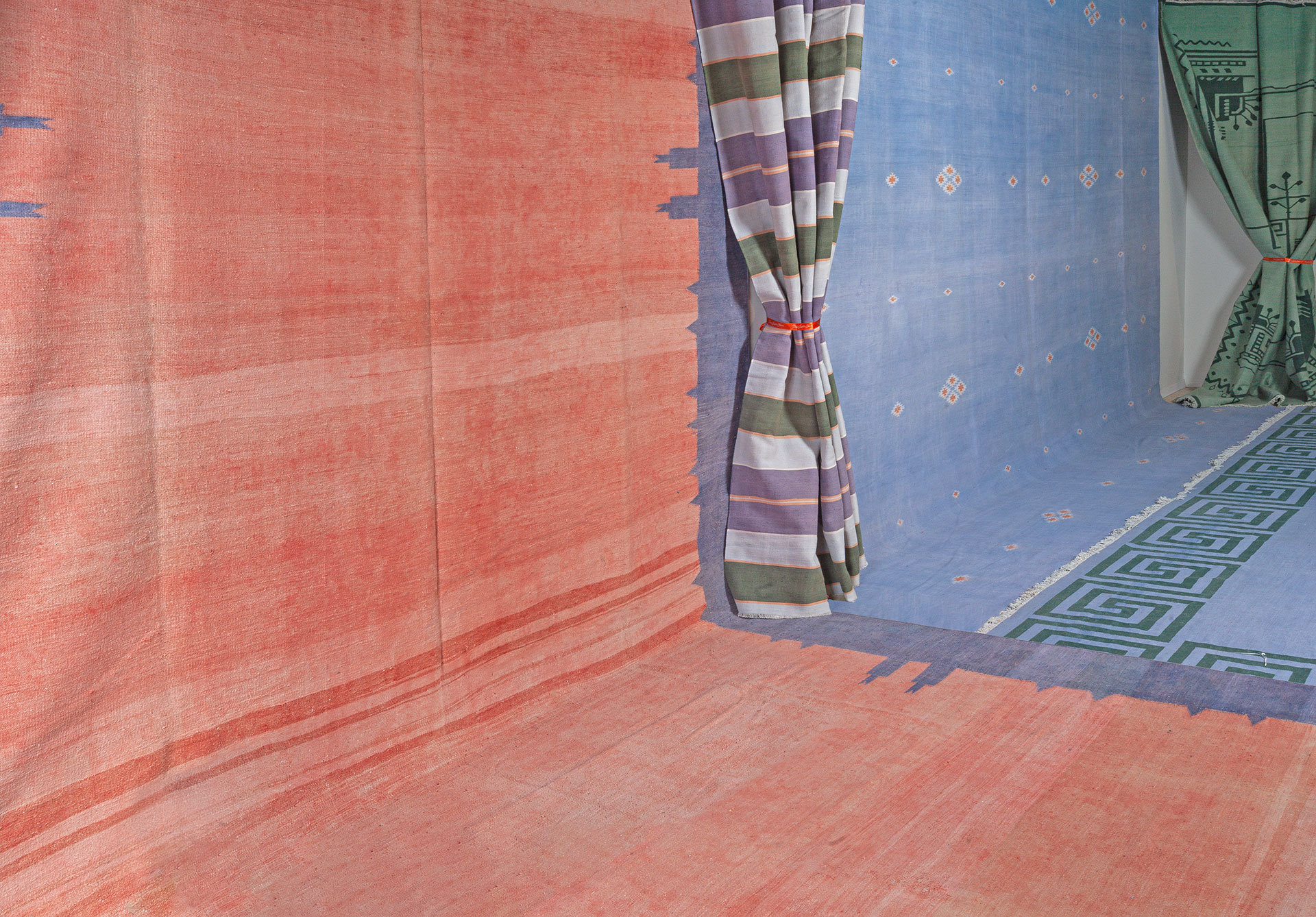How to Stop Condensation on Windows

 Condensation isn’t rare. Many homeowners therefore tend to overlook it when it appears on their windows. Condensation can form on any cool surface, and we see it every day. You probably notice water droplets forming on other surfaces in your bathroom after you have a hot shower – like mirrors, tiles, and shower panels.
Condensation isn’t rare. Many homeowners therefore tend to overlook it when it appears on their windows. Condensation can form on any cool surface, and we see it every day. You probably notice water droplets forming on other surfaces in your bathroom after you have a hot shower – like mirrors, tiles, and shower panels.
The truth is, excess condensation on your windows is a bad sign. It can encourage the growth of mould in the home. With the risk of damage that this damp and mould can pose to our homes – and our health – it’s best to try to limit the occurrence of condensation in the first place.
The best way to prevent condensation is to consider what causes condensation in the first place. Condensation happens in humid environments, where the water in the air becomes so dense it settles on cold surfaces. There are many things that can be done to prevent this happening on our windows, such as improving ventilation and maintaining a steady temperature in the house.
For more tips, read on for our full guide on how to stop condensation forming on windows. Following these steps should reduce condensation, making you more comfortable and limiting any further damage to your home.
Ventilate Your Home
Increasing airflow through the home reduces the amount of moisture in the air, which can help prevent condensation from forming.
It’s easy to overlook how some activities can increase humidity in the home. Condensation inevitably gets worse when we’re doing things that release water vapour. Focus more on ventilating the home – or restricting the flow of moist air – when you are:
- Cooking. Turn on your cooker hood while boiling or frying food. Depending on what you’re cooking, try to keep the lids on pans. This has the added benefit of helping some foods cook faster, retaining more heat energy.
- Drying clothes inside. Your tumble dryer can be exposing your home to high levels of heat and humidity. Make sure your dryer is properly vented so the air generated can flow outside of the home. You should check the vent is clear on a regular basis. Dry clothes outside in the summer months, and ventilate properly when drying clothes on radiators inside.
- Having a bath or shower. Bathrooms are often the smallest spaces in the house, and they’re also the rooms we expose to the most humidity. These two factors combined will increase the likelihood of condensation and damp forming. Any warm, moist air while you wash has to go somewhere. Turn on your extractor fan, or have one professionally installed in your bathroom. Consider taking a colder shower if condensation is a big issue. Close the bathroom door and make sure the window is open to ensure adequate ventilation.
- Using certain appliances, like the dishwasher or washing machine. Leaving appliances open after use can release more moisture into the air. Only open them when necessary if condensation is an issue.
Ventilating the home is easier in the summer months, when inviting outdoor air inside doesn’t leave you shivering or reaching for the hot water bottle! This is why condensation on windows tends to be worse in autumn and winter.
Improve Your Insulation
 Having double glazing installed is one of the best ways to improve insulation in your house. This can be a worthy investment, especially with winter approaching and energy bills on the rise.
Having double glazing installed is one of the best ways to improve insulation in your house. This can be a worthy investment, especially with winter approaching and energy bills on the rise.
Double glazing reduces the potential for condensation to build up, as the 2 layers of glass insulate the home against draughts and more variable temperatures. Double glazing keeps the glass a bit warmer than single panel glass, so moist air doesn’t settle so easily on your windows.
Many more modern or updated homes will already have double glazing installed. If you already have double glazing installed, check the seals are intact on a regular basis. If condensation is becoming a bigger issue for you despite your double glazed windows, there may be a problem with them that needs fixing. We’ll explain a bit more about this below.
Keep Your Home Warm
Maintaining a steady temperature within the home can reduce condensation, especially in winter. This isn’t the most affordable way to manage damp, but keeping your home consistently at a low, warm temperature will reduce moisture in the air with its drying effect. While it’s an effective solution, it’s not a viable option for many at the moment. There are many other tips in this guide that can be more cost-effective.
Use a Dehumidifier
Some older homes are unfortunately more prone to condensation and damp. Dehumidifiers are great if you can afford one. You don’t have to go all out on a high-end or industrial one. Quality dehumidifiers can be bought from just £40, and will make a difference.
It’s recently been stated that dehumidifiers cost just £1 per day to run, as they’re relatively energy efficient. If you can’t afford the electric ones or don’t want to use more energy, crystal dehumidifiers can still help. Just place them around any spaces exposed to moisture – your bathroom, kitchen, and bedroom. They’ll be more efficient in smaller spaces like your wardrobe, or even stood on a windowsill with a blackout curtain to reduce condensation in specific areas.
Fixing the Root Cause of Condensation on Windows
As the winter months are approaching after an extremely hot summer, our PVC windows and doors are more prone to becoming misshapen. This is because repeated exposure to quickly fluctuating temperatures can distort certain materials. Our windows and doors are exposed to more extreme heat in the daytime – and then cooler autumn nights – which can expand and then shrink the seals of the double glazed units, causing some damage to the quality of the seals over time.
We call this failed double glazing. A broken seal or faulty hardware can let air into the home, introducing more moisture to the air and creating condensation. In winter, this accidental airflow into the home increases draughts and can lead to higher energy bills as you ramp up the thermostat to compensate.
With some window repair experts, you’ll find you’re charged higher fees as they figure it’s easier to simply replace entire window frames and panes, rather than undertaking a detailed analysis and fixing the specific issue at hand.
Stop Condensation on Windows with Cloudy2Clear
Any condensation should be dealt with to avoid further problems before the moisture continues to spread. Condensation can cause plenty of issues. These issues are not only limited to your windows and doors, but can have an impact on your walls and furniture in nearby areas too.
At Cloudy2Clear, we’ve dedicated our years of expertise in industry to fixing issues that can cause condensation on your windows – such as failed double glazing. If you’d like help with your condensation problem, call our team now on 0800 61 21 119. You can also get in touch via our online contact form to arrange a free consultation with our specialist engineers.







